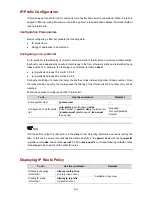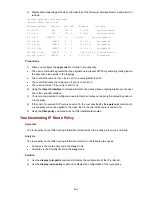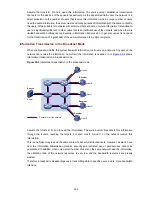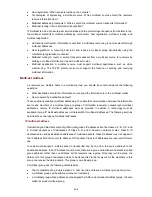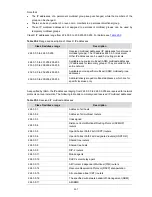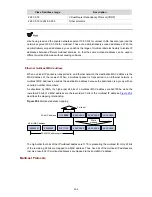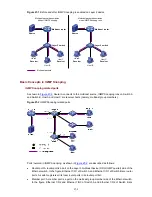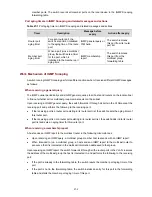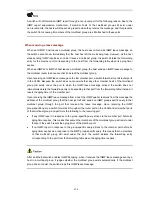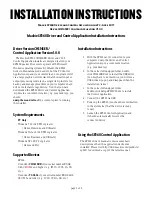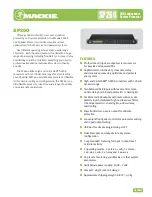
z
Host registration: What receivers reside on the network?
z
Technologies of discovering a multicast source: Which multicast source should the receivers
receive information from?
z
is information transported?
the
ing mechanism, host registration, multicast routing, and
z
source to a group of receivers through
z
n mechanism.
ting: A router or switch transports packets from a multicast source to receivers by
lticast distribution tree with multicast routes.
ncing. The TCP/IP protocol suite must support the function of sending and receiving
Multi
out multicast addressing. To enable the communication between the information
source and members of a multicast group (a group of information receivers), network-layer multicast
IP multicast address
ted hop by hop from the source address to the
u
a group. Once they join the group, the
ta
grou
is group is a multicast group.
group has the following characteristics:
z
either permanent or temporary.
p. It is also
called reserved multicast group.
z
Multicast addressing mechanism: Where should the multicast source transports information?
Multicast routing: How
IP multicast is a kind of peer-to-peer service. Based on the protocol layer sequence from bottom to top,
multicast mechanism contains address
multicast application:
Addressing mechanism: Information is sent from a multicast
multicast addresses.
Host registration: A receiving host joins and leaves a multicast group dynamically using the
membership registratio
z
Multicast rou
building a mu
z
Multicast application: A multicast source must support multicast applications, such as video
confere
multicast information.
cast Address
As receivers are multiple hosts in a multicast group, you should be concerned about the following
questions:
z
What destination should the information source send the information to in the multicast mode?
z
How to select the destination address?
These questions are ab
addresses, namely, IP multicast addresses must be provided. In addition, a technology must be
available to map IP multicast addresses to link-layer MAC multicast addresses. The following sections
describe these two types of multicast addresses:
Internet Assigned Numbers Authority (IANA) categorizes IP addresses into five classes: A, B, C, D, and
E. Unicast packets use IP addresses of Class A, B, and C based on network scales. Class D IP
addresses are used as destination addresses of multicast packets. Class D address must not appear in
the IP address field of a source IP address of IP packets. Class E IP addresses are reserved for future
use.
In unicast data transport, a data packet is transpor
destination address. In an IP multicast environment, there are a group of destination addresses (called
gro p address), rather than one address. All the receivers join
da sent to this group of addresses starts to be transported to the receivers. All the members in this
p can receive the data packets. Th
A multicast
z
The membership of a group is dynamic. A host can join and leave a multicast group at any time.
A multicast group can be
z
A multicast group whose addresses are assigned by IANA is a permanent multicast grou
25-6





